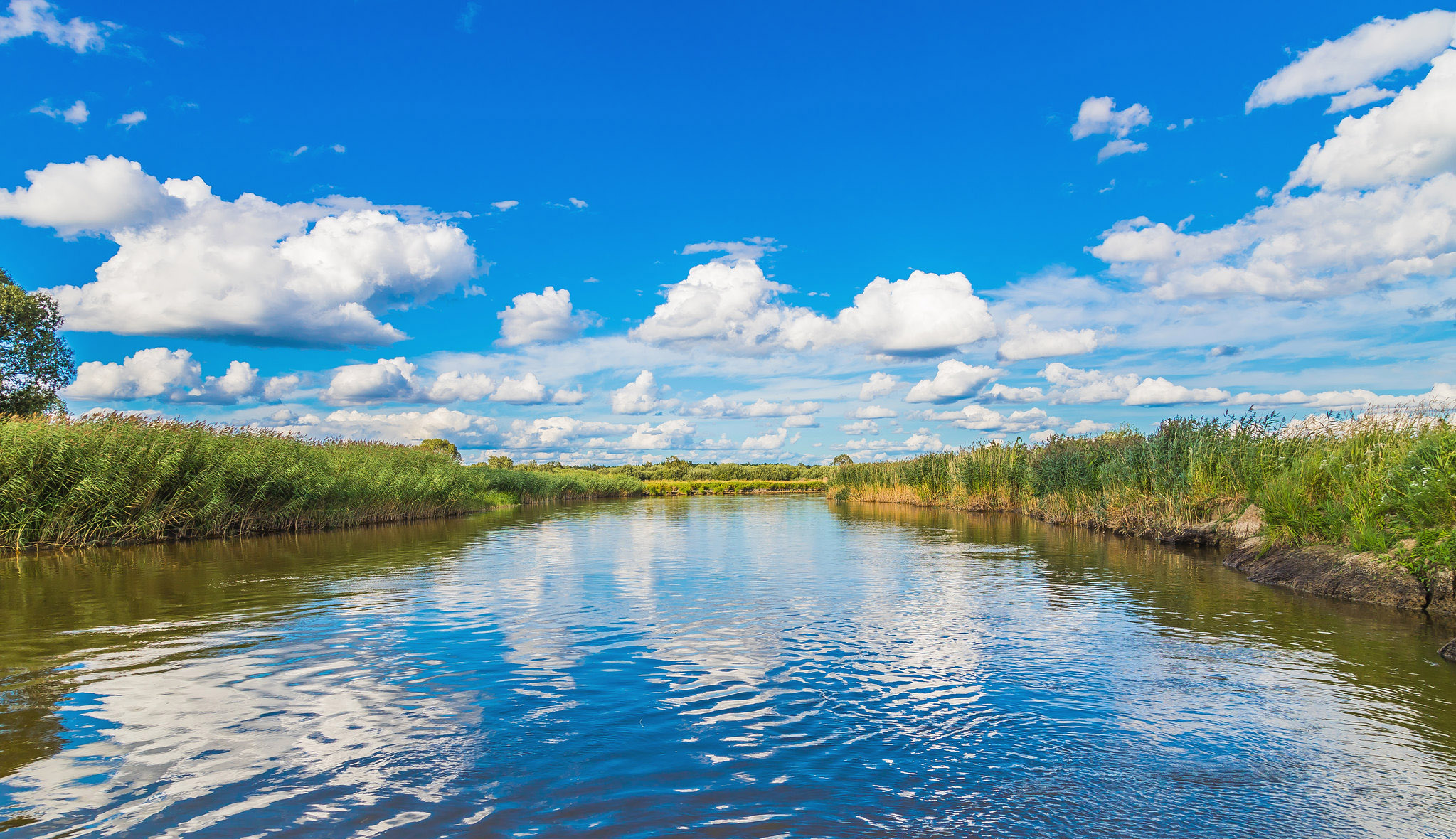There are two general goals – the sustainable use of natural resources and the protection of the environment
The Constitution of the Republic of Estonia establishes that the natural wealth and resources of Estonia are national riches which must be used sustainably. This requirement serves as basis for nature conservation goals. More specifically, the field of nature conservation is governed by the Nature Conservation Act.
More specific guidelines for protecting the nature are set out in many various sectoral legislative acts. The common thread is that nature conservation generally takes place on the ecosystem level. In other words, nature is not protected by single components, but as a whole. There are two general goals – the sustainable use of natural resources and the protection of the environment.
Examples of legislation on the sustainable use of natural resources are the Fishing Act, the Hunting Act, the Forest Act, and the Water Act. They emphasise the need to use resources sustainably and without harming the ecosystem as a whole.

In addition to the Nature Conservation Act, there are other regulations that support nature conservation. For example, on the basis of the Forest Act, so-called key habitats are created, where forest management outside protected areas is restricted. These are areas where narrowly adapted, endangered, vulnerable, or rare species are likely to occur.
The Water Act has a very wide scope, protecting all water from seawater to drinking water and regulating all water use, including wastewater treatment. Closely related to this is the chapter on the protection of shores and banks of the Nature Conservation Act, which provides for a water protection zone, a building exclusion zone, and a limited management zone for beaches and shores. In these zones, natural communities are preserved and human activities are restricted. For example, large-scale clear-cutting or off-road driving is not permitted in the limited management zone. Most construction works are prohibited in the building exclusion zone. The extent and restrictions of the water protection zone are provided in the Water Act. The purpose of the beach and shore protection zones is to protect the beach and the shore from the surface moving (erosion) and pollution.
The Heritage Conservation Act protects cultural heritage, which can sometimes be closely related to environmental protection. At the same time, cultural heritage can be a natural monument, such as old parks, cult stones, or sacred groves. Many objects, such as manor parks and sacred groves, are under heritage protection and nature conservation at the same time. The park of the Puurmani Manor is a great example.
The Environmental Impact Assessment and Environmental Management System Act makes an environmental impact assessment mandatory for activities with a higher expected impact before the activity is carried out. The environmental impact assessment includes an assessment of the alternative solutions to find a way to carry out the proposed activity with the least environmental impact.
One of the objectives of the Planning Act is to ensure the preservation of valuable landscapes and communities through national spatial planning by creating a so-called green network. It consists of core areas from different types of ecosystems and the green corridors that connect them. The core areas of the green network are national parks, nature reserves, landscape protection areas, and limited-conservation areas.
In addition to the above-mentioned acts, the environment is also protected from human activity or the consequences of that activity by the Waste Act, the Atmospheric Air Protection Act, the Building Code, the Medicinal Products Act, the Biocidal Products Act (regulates the use of pesticides), the Plant Protection Act, etc.
Last modified: 08.03.2024